
Chat with us now

Phonics is a way of teaching children how to read and write. It helps children hear, identify and use different sounds that distinguish one word from another in the English language.
Journal writing is to develop both the child’s language and emotion positively. It is a powerful practice that allows you to explore your experiences, thoughts, and emotions. Let’s delve into it:
Incorporating3D printing into education unlocks creativity, critical thinking, and valuableskills for the future.

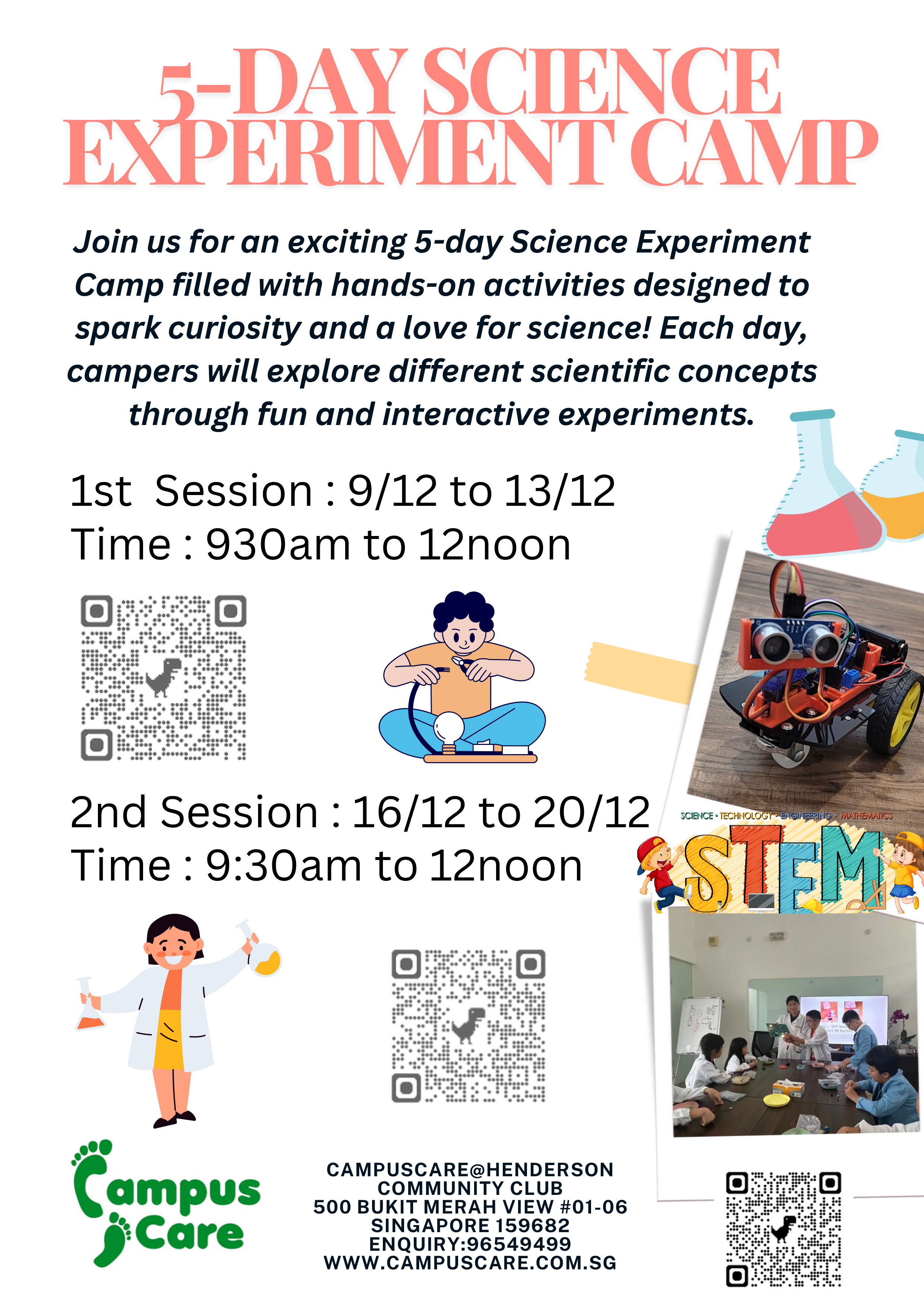
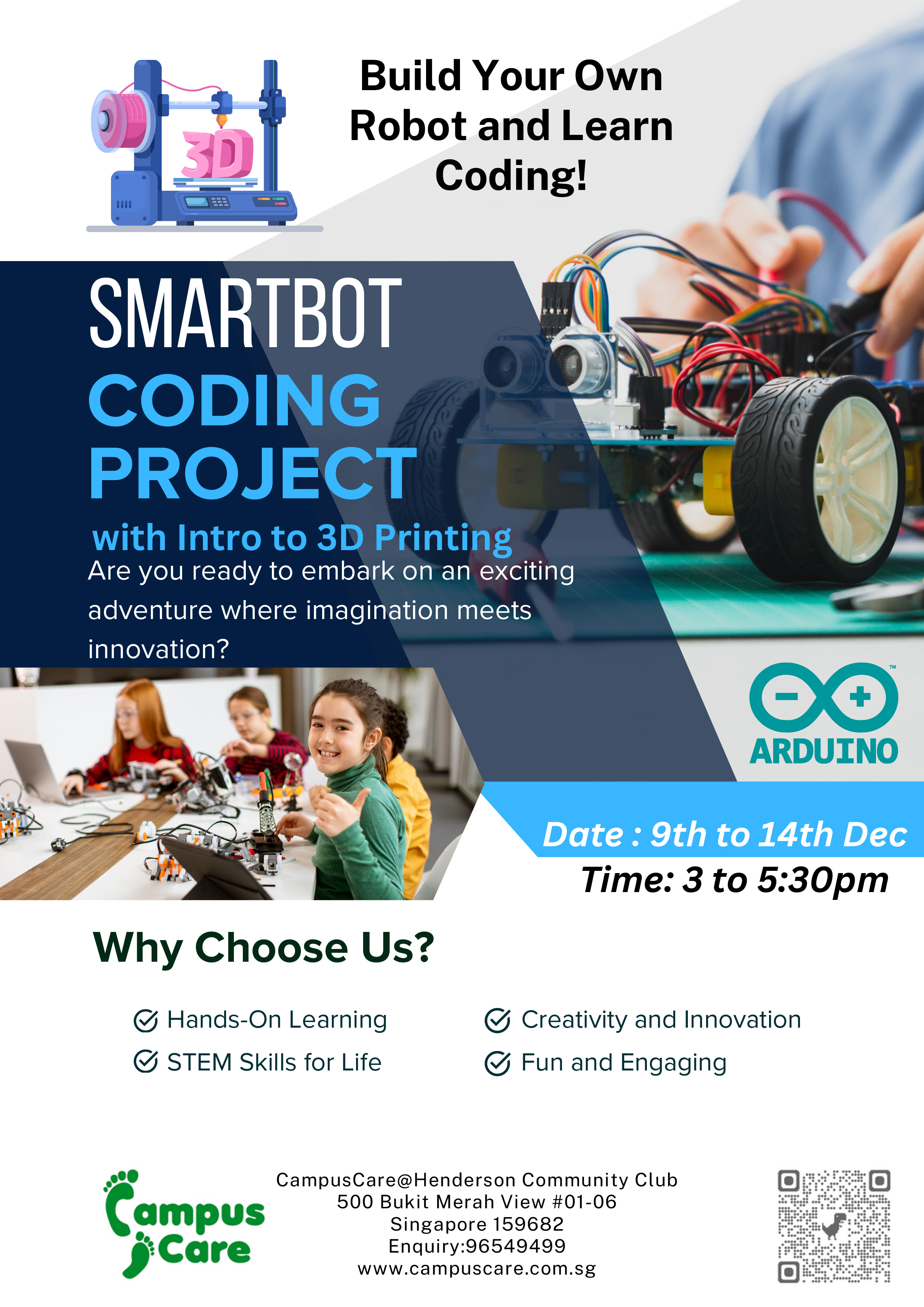

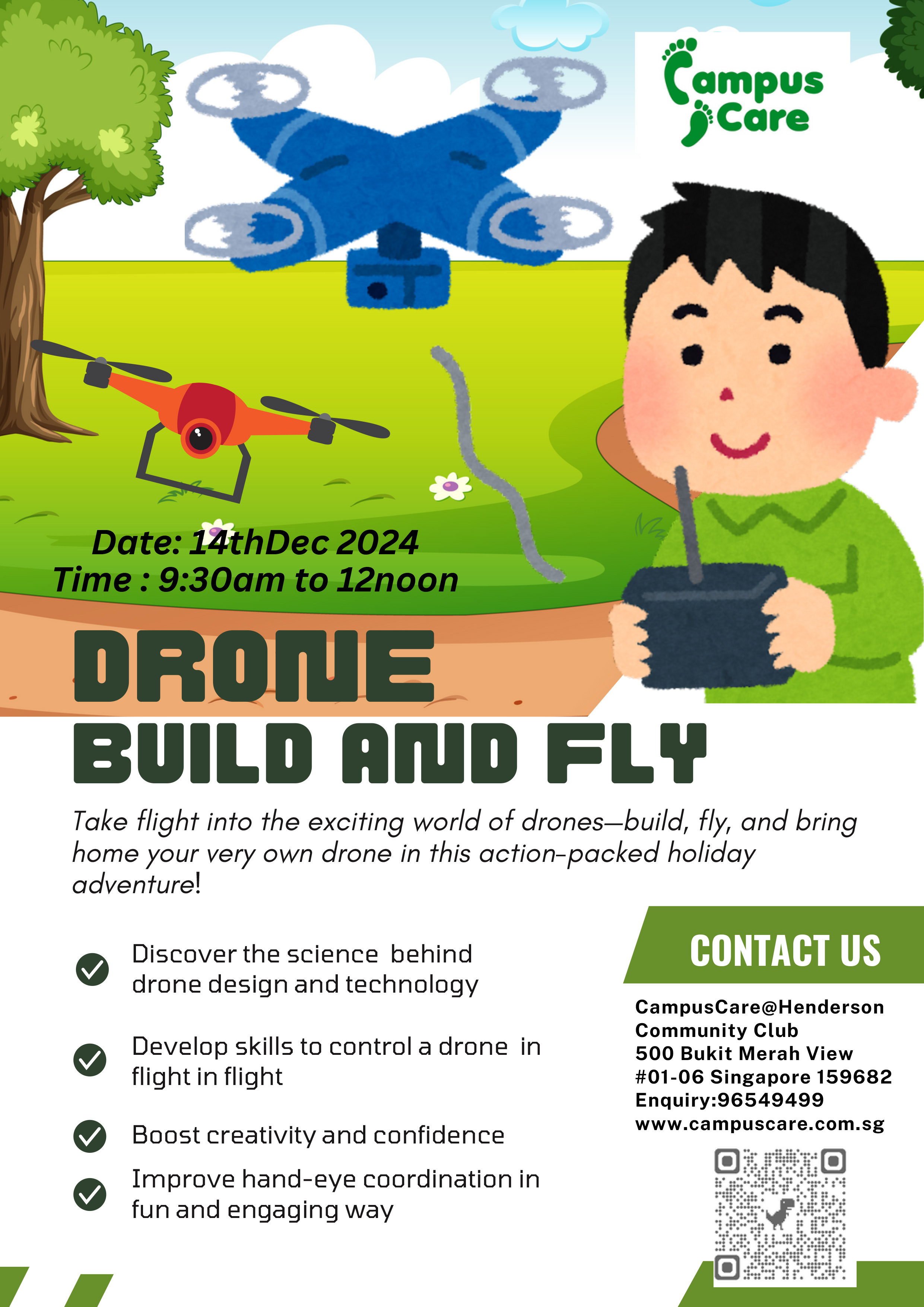
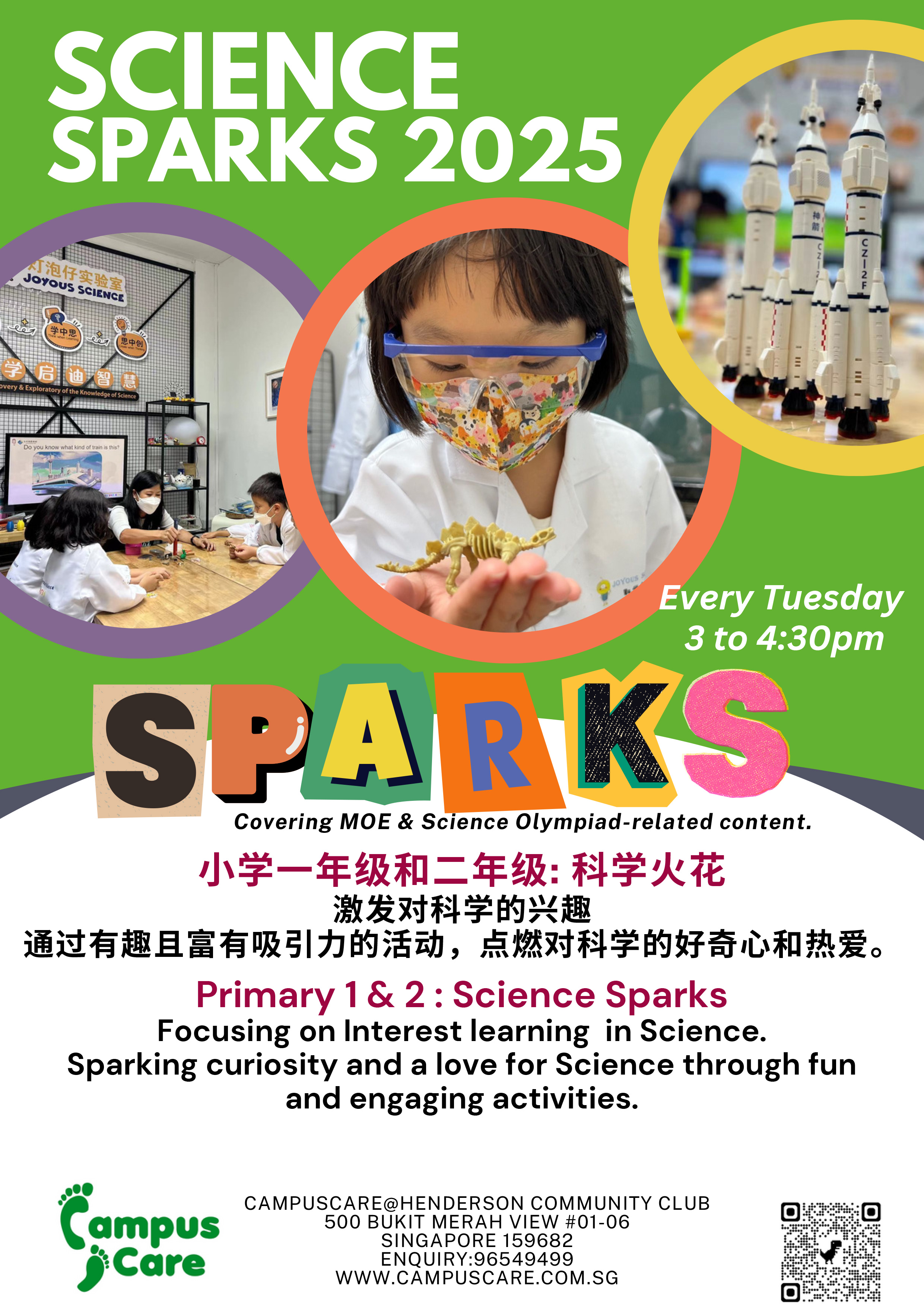

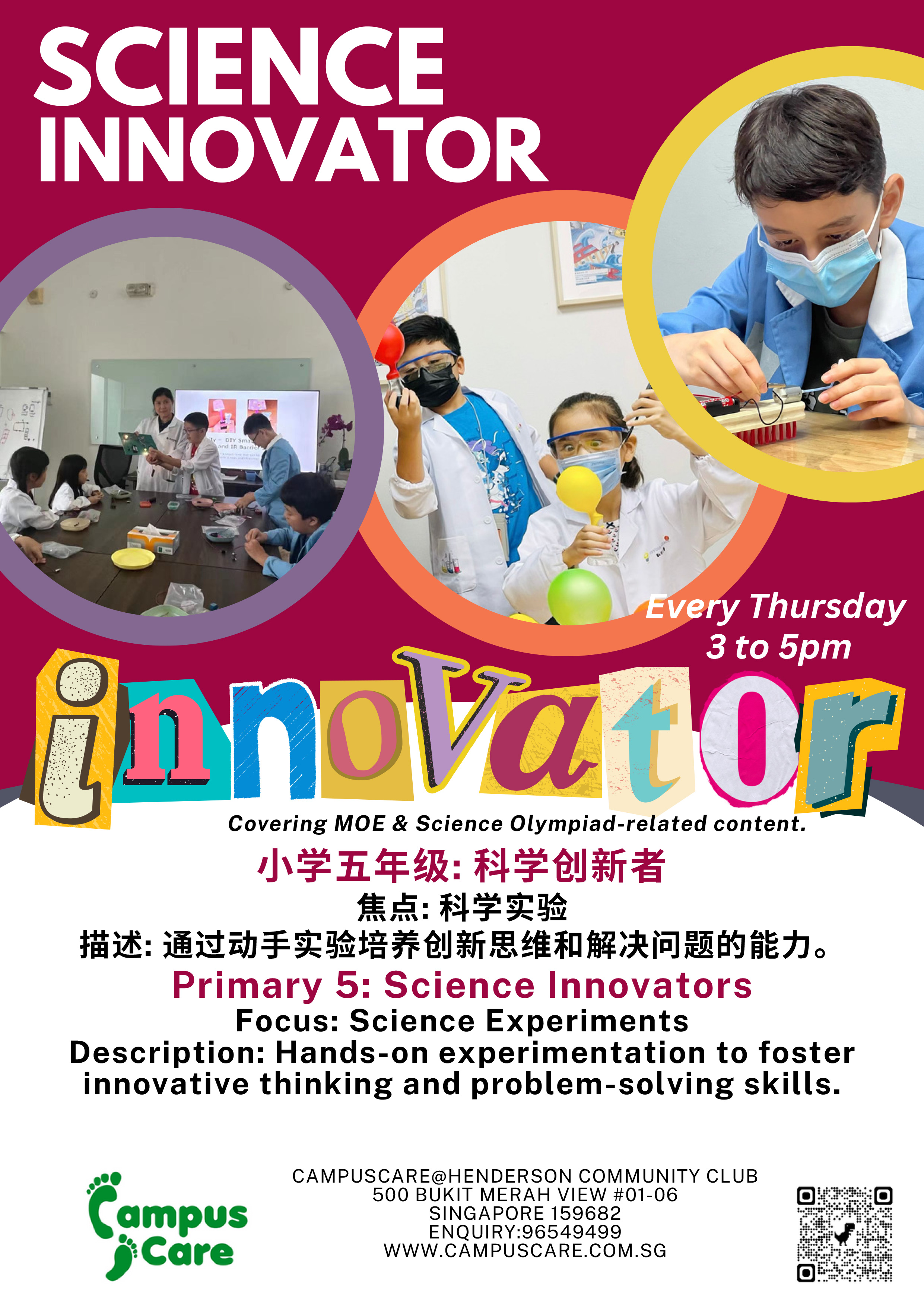
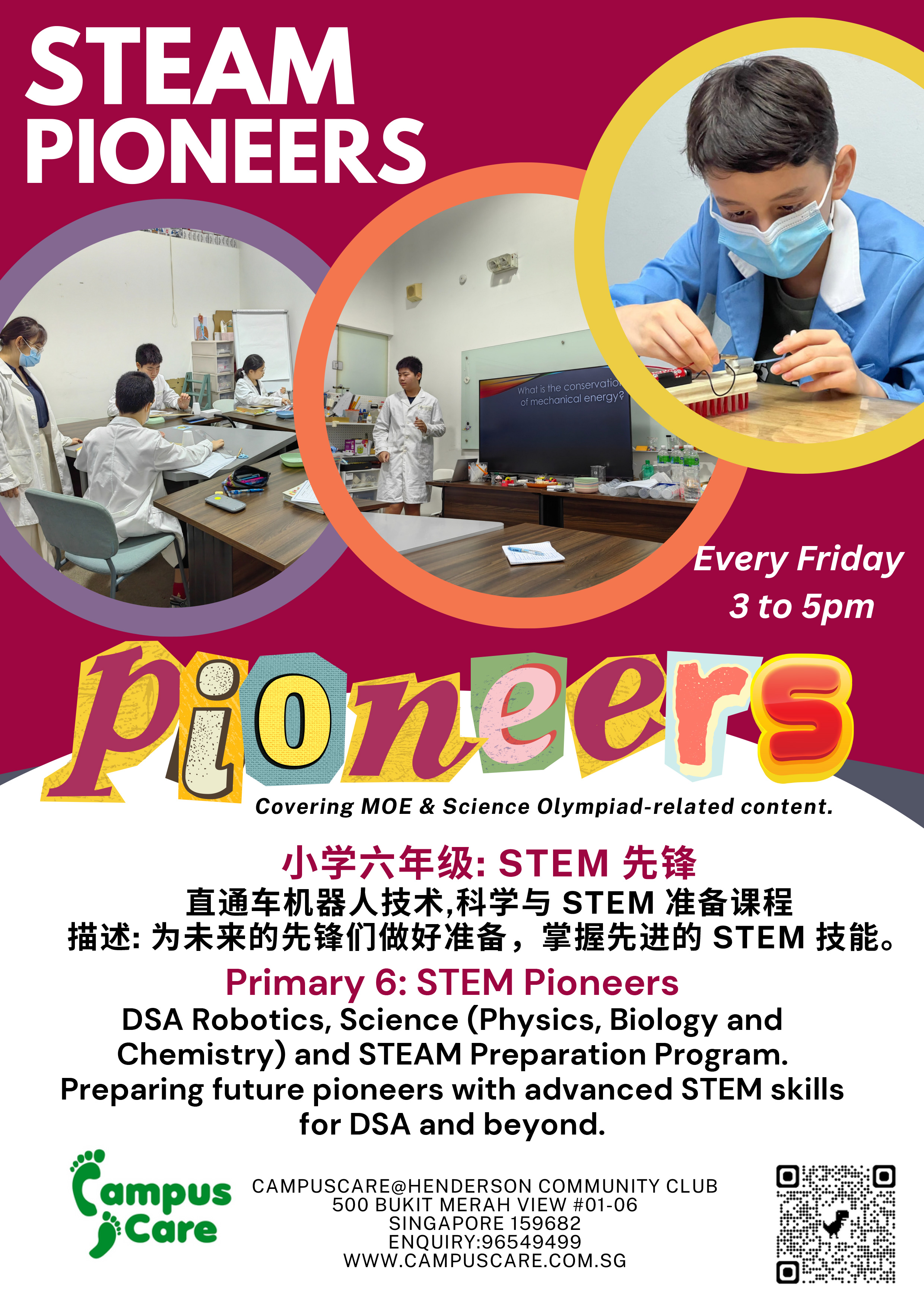
Each child is Capable (Thinker and Communicator)
Integrity, Love, Professionalism, Resilience and Innovation
can involve several components, such as descriptions of specific activities, their objectives, and potential benefits for students. Here’s a structured outline:
Types of Science Activities
1. Workshops and Labs- Hands-on experiments in various fields like biology, chemistry, and physics.
2. Science Fairs and Exhibitions- Annual events where students present projects and experiments.
3. Guest Lectures and Seminars- Inviting scientists and educators to speak on current topics in science.
4. Field Trips- Visits to science museums, laboratories, or natural reserves.
5. Interdisciplinary Projects- Combining science with art, technology, or social studies.
Letter Recognition
Recognize and name the letters of the alphabet, uppercase, and lowercase.
Letter Sounds
Introduce the basic sound and associated with each letter, focusing on simple and common sound-letter relationships.
Beginning Sounds
Recognize and produce the initial sounds in words.
Ending Sounds
Identify and produce the final sounds in words.
Simple CVC Words
Explore consonant-vowel-consonant (CVC) words, such as "cat" and "pot" to illustrate basic phonics patterns.
Phonemic Segmentation
Break words into individual phonemes and manipulate them.
Blends, Digraphs and Dipthongs
Explore consonant blends, vowel digraphs and dipthongs to understand more complex letter combinations and reinforce diverse phonetic patterns. Improved Spelling
Spell words phonetically to become proficient writers. Sentence Writing Skills
Write short sentences, incorporating phonics and spelling rules.
Sight Words
Introduce common sight words to build reading vocabulary.
Advance Phonemic Awareness
Develop skills in manipulating and isolating individuals' phonemes within words, including the ability to add, delete, or substitute sounds.
Grammar Rules
Demonstrate appropriate language use and knowledge of grammar rules
Reading Comprehension
Decode words and understand their meanings in context.
Syllabication
Identify and divide words into syllables, which is particularly useful for longer words and multisyllabic words.
Vocabulary Expansion
Expose a broader and more diverse vocabulary, including synonyms, antonyms, and context-based word meanings.
Unlock your Speaking Potential
Master the Art of Public Speaking with Our Masterclass
Fees:
Campus Care student: $80
Passion Card:$80
Public: $120
Fees:
Campus Care student: $400
Passion Card:$400
Public: $480
offers a wealth of benefits for children, fostering both creativity and critical thinking. Let’s explore some advantages
1. Problem-Solving Skills:
Engaging in cardboard engineering projects encourages children to tackle challenges. They learn to identify problems, brainstorm solutions, and iterate on their designs. Whether constructing a cardboard boat or building a solar oven, they develop problem-solving abilities that extend beyond the cardboard realm.
2. Communication Capabilities:
Collaborating on cardboard projects involves discussing ideas, sharing plans, and working together. Children learn to articulate their thoughts, listen to others, and communicate effectively. These skills are essential for teamwork and future endeavors.
3. Creativity and Imagination:
Cardboard is a versatile material that invites imaginative play. Children can transform it into anything they envision—whether it’s a spaceship, a castle, or a robot. This creative exploration nurtures their imagination and encourages out-of-the-box thinking.
4. Fine Motor Development:
Cutting, folding, and assembling cardboard pieces enhance fine motor skills. These activities require precision and control, which contribute to overall dexterity and hand-eye coordination.
5. Math Skills:
Cardboard engineering involves measurements, shapes, and spatial reasoning. Children learn about dimensions, angles, and proportions as they construct their projects. For instance, creating a cardboard puzzle reinforces shape recognition and spatial awareness.
6. Environmental Awareness:
Working with recycled cardboard promotes eco-consciousness. Children learn about sustainability, repurposing materials, and reducing waste. It’s a valuable lesson in caring for our planet. In summary, cardboard engineering provides a fun and educational platform for children to explore, experiment, and unleash their creativity while gaining practical skills along the way!
1. Creativity and Invention:
Students become inventors, designing and creating solutions.
2. Artistic Expression:
Revives art by allowing students to bring their imaginations to life.
3. Engagement:
Captivates reluctant learners with the “wow factor.”
4. Digital Citizenship:
Encourages responsible online behavior within the 3D printing community.
5. Hands-On Learning:
Tangible experiences enhance understanding.
6. Collaboration:
Fosters teamwork and camaraderie.
7.Real-World Problem Solving:
Bridges theory and practical application.
●Incorporating 3D printing into education unlocks creativity, critical thinking, and valuable skills for thefuture.
Twenty-five interactive cardboard model projects that engage kids' creativity and "out of the box" thinking skills through hands-on learning and the application of science-based principles.
Kids can bring old cardboard to life and build recycled creations they can play with, sit in, and wear.
Supporting STEAM education initiatives and the Maker Movement, Out of the Box includes 25 interactive cardboard model projects to inspire kids' creativity through engaged and hands-on learning, and, as the founder of Maker Faire Dale Dougherty says, "to realize with their hands what they can imagine in their minds. The projects utilize only recycled materials, including cardboard rolls and boxes, so all the supplies should be easy to find right at home.
Dive into the fun with:
Day 1: 6 June 2024 9am –9.30pm
Day 2: 7 June 20249am—6pm
Camp fee: $150
Venue: Henderson Community Club
Meal: Lunch, tea and dinner
You’ll get to
Day 1: 10 June 20249am—9.30pm
Day 2: 11 June 20249am—6pm
Camp fee: $150
Venue: Henderson Community Club
Meal: Lunch & tea
1. Math & Chess:
This class combines mathematical concepts with chess strategies to enhance critical thinking and problem-solving skills.
2. Child Yoga:
A fun, engaging way for children to learn mindfulness and relaxation techniques while improving flexibility and strength.
3. In-line skating & Skateboarding:
This class focuses on developing skating skills while promoting balance, coordination, and confidence.
4. Dance:
A vibrant class that introduces children to various dance styles while encouraging creativity and self-expression.
5. Experiential Science:
This hands-on class encourages children to explore scientific concepts through experiments and real-world applications.